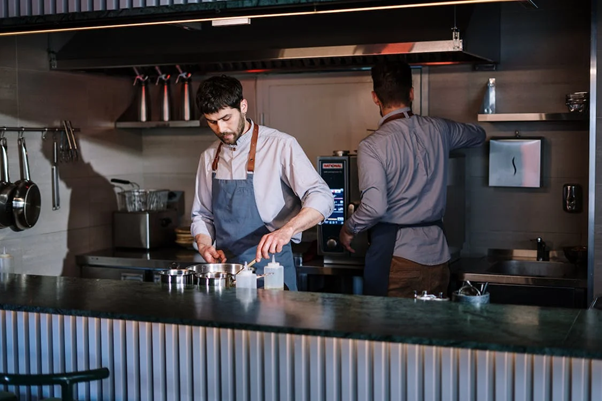
Sous Vide offers many advantages over traditional cooking methods. However, some people may be wondering if it is any safer than these other food preparation methods. The answer is yes.
Let’s examine some of the ways Sous Vide outshines traditional stovetop, grill, and oven cooking in the safety department.
1. Killing Pathogenic Bacteria
Sous Vide is a useful cooking process because it ensures the food in vacuum sealed bags is cooked evenly. When fully submerged, heat is distributed across the food surface, which allows it to gradually approach the desired internal temperature during retherming.
This kills off any pathogenic bacteria inside the ingredients and makes the food safe to serve. Such pathogenic bacteria can be a problem in traditional stovetop cooking because there is no guarantee the food is being cooked evenly or that it has approached a safe internal temperature.
2. No Fire Hazard
Sous Vide circulators are electric and heat up water using a simple heating element. This heating element doesn’t pose the fire risk that an open flame on a stovetop poses.
Open flames can cause burns or set surrounding fabrics on fire, so a flameless food preparation method is especially useful for restaurant kitchens that are concerned about fire damage.
3. Limited Burn Injury Potential
The Sous Vide cooking method stands out because it uses relatively low cooking temperatures. The water in a typical Sous Vide setup varies between 120°F (48.9°C) and 185°F (85°C) throughout the food preparation process.
This hot water may injure a chef or line worker if they accidentally come into contact with it. However, the extent of the injury is likely to be minor when compared with stovetops and ovens, which reach much higher temperatures.
How JANBY Track Can Help With Sous Vide
Janby Track can help make your kitchen operations safer by allowing you to monitor Sous Vide operations remotely. Please contact us to learn more about Janby Track and the various safety features it offers.

